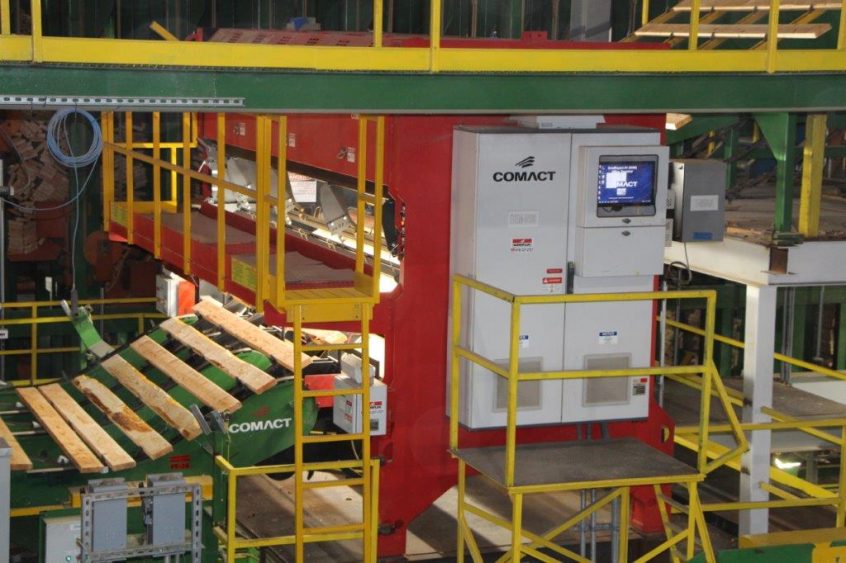(Above: Sierra Pacific Industries’ state-of-the-art mill in Shelton.)
The forestry industry of today is more complex and sophisticated than ever.
Twenty-first-century foresters rely on expertise from a variety of scientific disciplines including dendrology, hydrology, biology and geology to study silviculture, wildlife, soils, insects, plants, disease and tree physiology when creating their forest management plans.
In addition to science, the modern-day timber industry also is incorporating high-tech tools and innovations like LiDar and drones as private forestland owners continue to strive toward maintaining healthy, resilient forests that benefit communities, economy, environment and wildlife. And, once harvested, advanced sawmills use lasers, sensors and computers to increase efficiency, improve worker safety, and optimize each log to create zero waste and utilize every fiber of the tree.
The arrival of new sensing technologies and other innovations have helped to revolutionize every-day forest management, so foresters are able to collect more relevant data to help them achieve “more efficient inventory management” than ever, said University of British Columbia forestry professor Dr. Nicholas Coops. But, Coop noted, that innovation has been a part of working forests since the introduction of the iron ax.
“This link between technology and forestry has always been there,” Coop said. “I think now it just happens to be exploding at the moment.”
Addressing wildfires also has increasingly become a high-tech endeavor, Crosscut reports. Satellite imagery, internet access, drones and information technology (IT) support specialists now are integral to fighting wildfires. National Park Service Wildland Fire Management branch chief Dan Buckley said to Crosscut that “technology has evolved quickly during his 11 years with the Park Service. Drone aircraft, he said, are changing firefighting as much as the advent of the chainsaw did generations ago.”
The Crosscut article goes on the state that drones have the potential to not only improve wildfire management, but also save lives as “unmanned aircraft watch and, increasingly, fight the fires.” Larger remotely controlled drones can deliver supplies to firefighters in the field and reach areas where visibility may be an issue.
Said Buckley: “Firefighters have been killed in helicopter crashes while lighting controlled burns through a practice known as ‘aerial firing.’ Airborne firefighters use a variety of techniques to ignite fires, including a “ping-pong ball system” dropping small balls filled with chemicals that burst into flames when they hit the ground…We’re finding more and more uses for the [drones] as far as surveillance, recon detection of hotspots and most recently, aerial firing devices, where we don’t have to put a person up in a helicopter [who’s] doing the firing.”
